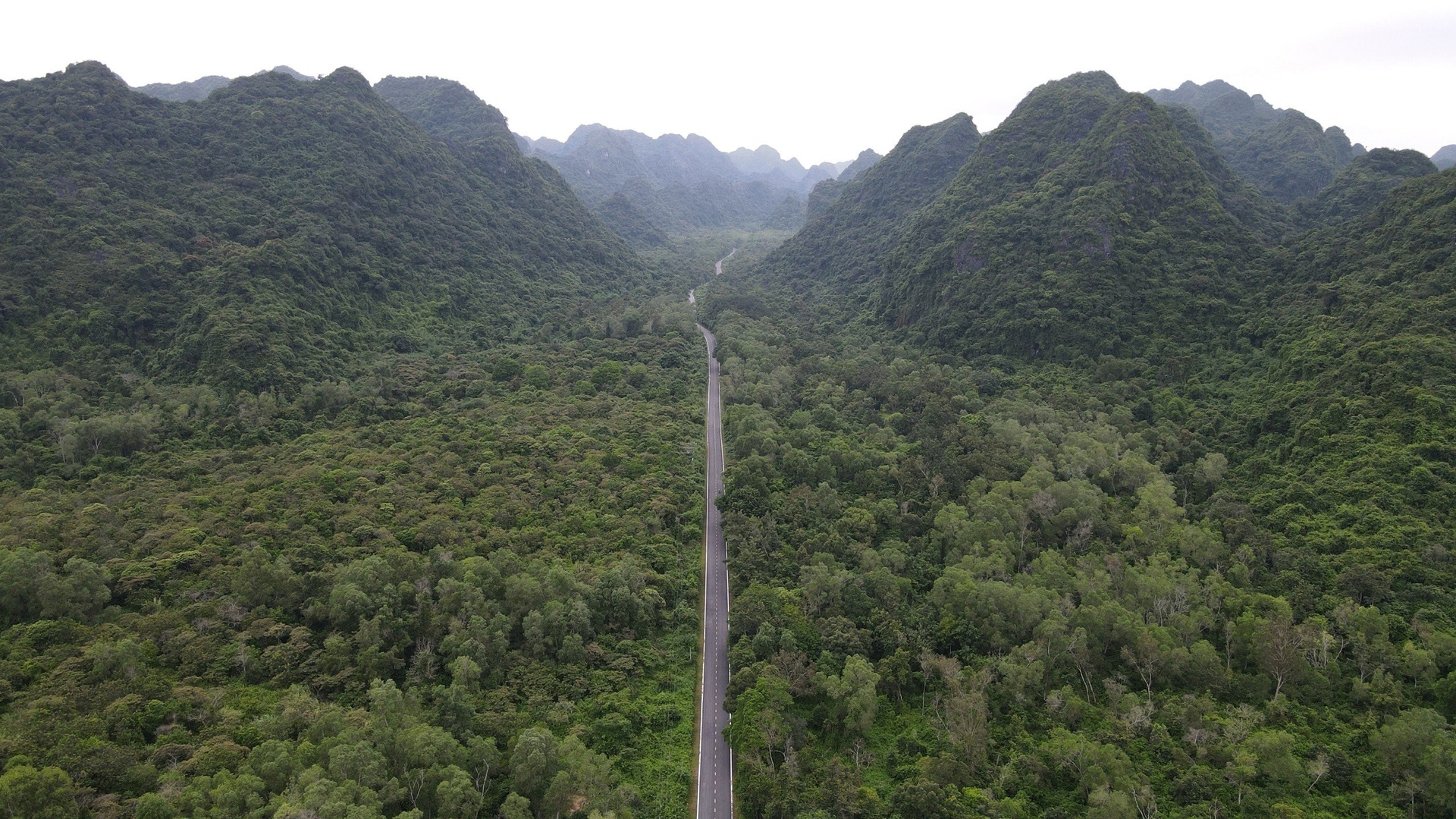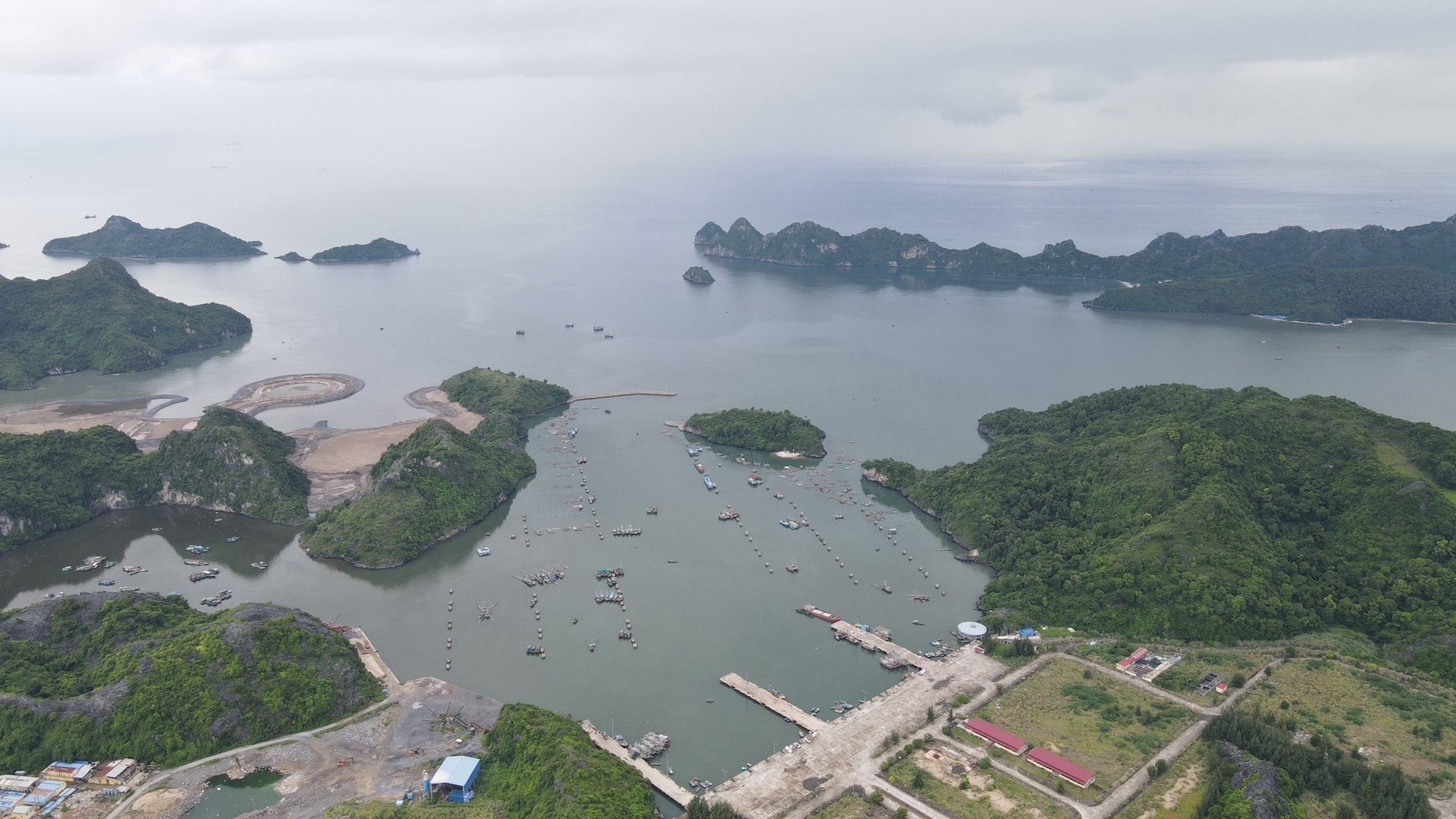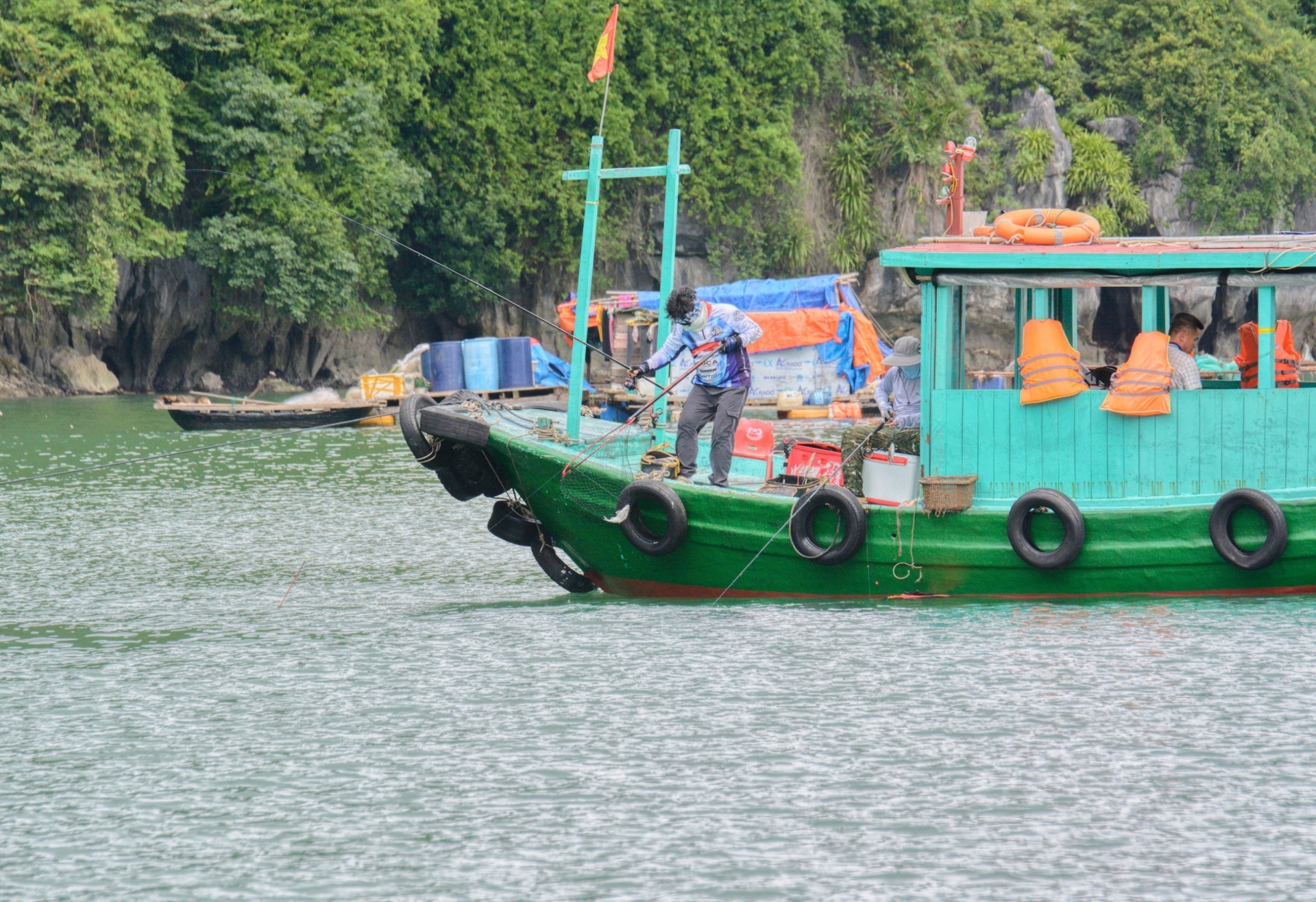November 23, 2025 | 22:23 GMT +7
November 23, 2025 | 22:23 GMT +7
Hotline: 0913.378.918
November 23, 2025 | 22:23 GMT +7
Hotline: 0913.378.918
Green growth is based on the process of changing the growth model, restructuring the economy to take advantage of comparative advantages, improving efficiency and competitiveness of the economy through research and advanced technology, developing modern infrastructure systems to effectively use natural resources, reduce greenhouse gas emissions and respond to climate change, thereby contributing to hunger eradication and poverty reduction while at the same time creating a driving force for sustainable economic growth.

Vietnam strives towards sustainable green growth. Photo: VAN.
The path of green growth, especially in agriculture, requires cooperation and sacrifices, and even these factors change with time. The impact of green growth on agriculture and the contributions of agriculture to green growth are closely related. Overall, the main impacts and conflicts of green growth on agriculture cut across and are based on the different pillars of sustainable development (economy, environment and society).
In the short term, green growth policies that prioritize environmental protection may limit agricultural output, reduce global food security, and lead to adjustments in the use of human, financial, and natural resources. The significance of green growth for agriculture in the long term is the mutual reinforcement in terms of environmental sustainability, economic growth and social welfare. The final outcome will depend on the policy instruments and the structural adjustment measures adopted to facilitate the transition to a greener agriculture sector.
Economy
Green growth will meet certain risks if agriculture fails to provide enough food, animal feed and dietary fiber for the growing global population. Although agriculture accounts for less than 2% of GDP and less than 6% of employment in countries belonging to the Organization for Economic Co-operation and Development (OECD), this industry still proves to be vital for the population.
In many developing countries, agriculture plays a central economic role, accounting for 30% of GDP and two-thirds of employment. Since it is predicted that global food production will need to increase by 70% to feed the world's population by 2050, greater economic efficiency and productivity in agriculture are needed.
Green growth depends on investment in the agricultural sector and the viability of farms in OECD and non-OECD countries to ensure future food production. It is necessary to increase private investment in agricultural production and infrastructure services by 50% in order to increase output in developing countries, in which the role of public investment is extremely crucial especially in transportation, irrigation, electricity and human resource training. Advances in agricultural technology will help increase productivity in most countries, but it should be noted that new technology must be affordable, adapt to alternative farming systems and aim to protect the environment.
Environment
Agriculture provides many environmental and ecosystem-related services that are essential for green growth, including reducing greenhouse gas emissions through carbon sequestration. Although direct greenhouse gas emissions from agriculture account for 10% - 12% of total emissions, the agricultural sector has the potential to offset emissions from other sectors.
Increasing atmospheric CO2 removal through soil and vegetation carbon sequestration in agriculture has the potential to offset up to 20% of global fossil fuel emissions. However, this depends on enhanced soil management and farming as carbon sequestered in soil can be released back into the atmosphere through inappropriate farming practices.

Developing forests to better the environment is Vietnam’s direction for sustainability. Photo: VAN.
Since agriculture accounts for 37% of total land use (68% if forest land use is included), the sector plays an important role in preserving the ecosystems that underpin green growth. Agriculture impacts the natural environment by managing land and water resources, protecting habitats, controlling floods, maintaining biodiversity, and shaping landscapes.
Agricultural land management is a positive driver for the development of crop varieties, animal habitats, forests and wetlands. Efforts to value the environmental services provided by agriculture highlight the sector’s growing ecological and economic importance.
Society
Green growth is not possible without global food security. The world population is expected to increase by 2.3 billion people between 2010 and 2050, mainly in developing countries. While malnutrition rates are expected to fall from 17% of the population in developing countries today to 11% by 2015 thanks to poverty reduction, progress in reducing the overall number of malnourished people is much slower as it depends on improved agricultural productivity and more equitable access to food supplies.

Agriculture associated with community tourism is contributing to reducing poverty in rural areas. Photo: VAN.
Agricultural growth, through its leverage on the rest of the economy, can help poor countries, regions and households increase employment and income. In order to narrow the rural-urban income gap and reduce rural poverty, agriculture can facilitate rural people’s access to broader economic development by creating a key link with green growth.
Translated by Samuel Pham

(VAN) The information was shared at the seminar 'Urban Agriculture - Solutions for Developing Green Spaces,' organized by the Kinh te & Do thi Newspaper and the Biotechnology Center of Ho Chi Minh City.
/2025/11/19/4141-2-132831_216.jpg)
(VAN) One of Japfa's outstanding solutions is implementing digital transformation and artificial intelligence (AI) to optimize operations, enhance productivity, and advance sustainable development.
/2025/11/19/4847-1-093540_448.jpg)
(VAN) The Gia Lai Provincial People’s Committee had a working session with the delegation of the U.S. Department of Agriculture, the State of Idaho, and representatives of the State's leading enterprises.

(VAN) Ca Mau has a sufficient foundation to become a strong regional aquaculture center, where production integrates the economy, the environment, and the lives of the people.

(VAN) SEIKI Group envisions itself as a pioneer in the ‘dual transformation’ of digital technology and green industry, standing alongside the Government and Vietnamese businesses in their pursuit of sustainable development.

(VAN) The VNGEONET network affirms Viet Nam's progress in mastering digital space, providing a precise positioning data platform to serve socioeconomic development.
/2025/11/14/3247-1-184556_35.jpg)
(VAN) Thai Nguyen is methodically implementing digital transformation in the livestock sector, laying the foundation for a modern, transparent, and sustainable agriculture.